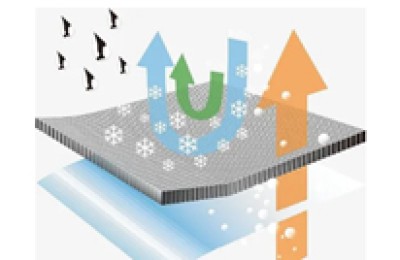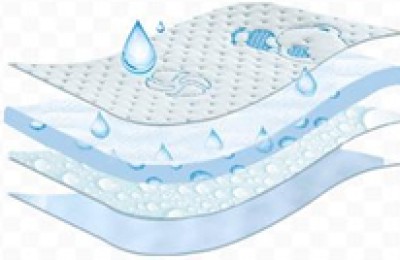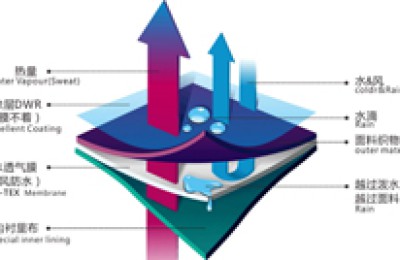Sealing and Aging Resistance Technology of TPU Composite Fabric in Inflatable Toys Manufacturing
Introduction
Thermoplastic polyurethane (TPU) composite fabrics are widely used in the manufacturing of inflatable toys due to their excellent mechanical properties, flexibility, and durability. However, ensuring proper sealing and enhancing aging resistance are critical for extending the lifespan and maintaining the quality of these products. This article explores the key technologies and best practices for achieving optimal sealing and aging resistance in TPU composite fabric used in inflatable toys.
1. Material Selection
The foundation of durable inflatable toys lies in selecting high-quality TPU composite fabrics. Key considerations include:
- Grade of TPU: Choose a TPU grade that offers superior tensile strength, tear resistance, and elasticity.
- Fabric Base: Opt for woven or non-woven substrates that provide robust support and enhance the overall performance of the composite material.
- Additives: Incorporate UV stabilizers, antioxidants, and anti-aging agents during the production process to improve long-term stability.
2. Sealing Techniques
Effective sealing is crucial to prevent air leakage and ensure the structural integrity of inflatable toys. Common sealing methods include:
- Heat Sealing: Utilize heat sealing machines with precise temperature control to fuse TPU layers together. Proper calibration ensures strong bonds without damaging the material.
- RF Welding: Radio frequency (RF) welding creates seamless joints by generating heat through electromagnetic waves. This method is particularly effective for complex shapes and patterns.
- Adhesive Bonding: Employ high-performance adhesives specifically designed for TPU materials. Ensure thorough drying and curing processes to achieve strong, durable seals.
3. Aging Resistance Enhancements
To combat environmental factors that can degrade TPU composite fabrics over time, several strategies can be employed:
- UV Protection: Apply UV-resistant coatings or incorporate UV absorbers within the TPU matrix. These additives help shield the material from harmful ultraviolet radiation.
- Antioxidant Treatments: Introduce antioxidants into the TPU formulation to neutralize free radicals generated by oxidation, thereby slowing down the aging process.
- Moisture Barrier Coatings: Implement moisture barrier coatings to prevent water absorption, which can lead to hydrolysis and weaken the material’s structure.
- Environmental Stress Crack Resistance (ESCR): Enhance ESCR by modifying the TPU polymer chain or adding compatibilizers to improve resistance against chemical exposure and mechanical stress.
4. Quality Control and Testing
Regular quality control checks and rigorous testing protocols are essential to validate the performance of TPU composite fabrics:
- Seal Strength Testing: Conduct burst tests, peel tests, and shear tests to evaluate the robustness of sealed joints.
- Accelerated Aging Tests: Simulate real-world conditions using accelerated aging chambers to assess the material’s long-term durability under various environmental stresses.
- Chemical Resistance Testing: Expose samples to common chemicals found in household environments to ensure the material remains stable and functional.
Conclusion
Achieving reliable sealing and enhanced aging resistance in TPU composite fabrics for inflatable toys requires a comprehensive approach encompassing material selection, advanced sealing techniques, protective treatments, and stringent quality assurance measures. By implementing these technologies and practices, manufacturers can produce durable, high-performance inflatable toys that offer extended service life and consistent performance.
This overview provides a foundational understanding of the critical aspects involved in ensuring the longevity and reliability of TPU composite fabrics used in inflatable toy manufacturing.






